6 Gentle Ways to Stop Your Puppy from Biting (No Yelling or Punishment Needed)
Puppy biting is one of the most common issues new dog parents face. Those tiny, razor-sharp teeth can turn even gentle play into a painful experience. And while it might seem harmless or even funny at first, it’s really important to teach your puppy that biting people isn’t okay.
The truth is that biting is normal for puppies. It’s how they explore their world, play with littermates, and deal with teething. But your dog must learn that teeth on human skin are a no-go.
Let’s look at six easy and effective ways to help your puppy stop biting—without yelling, scolding, or getting discouraged.
1. Be Consistent With Your Reactions Every Time
One of the most important things you can do is to be consistent. Puppies don’t learn overnight, so they need you to react the same way every time they bite.
When your puppy bites you—even just a little—say “No” in a firm, calm voice. You don’t need to shout. Just be clear. Right after that, make a quick, high-pitched yelp or squeal. This mimics how other puppies react when bitten too hard during play.
Then—walk away. Stop the game completely. No talking. No petting. No eye contact. Just get up and ignore them.
Social isolation, even for 30 seconds, is a powerful message. Your puppy wants your attention more than anything. When biting leads to being ignored, they connect the dots: “If I bite, the fun ends.”
Repeat this every single time. Don’t let it slide even once, or it’ll confuse your puppy.
2. Don’t Encourage Rough Play
We get it—roughhousing with your puppy can be fun. It’s easy to get caught up in the moment, especially when they’re full of energy and bouncing around.
But you send mixed messages if you allow your puppy to grab your hands, nibble your fingers, or play-bite your arm. You’re letting them bite one minute, and the next, you’re telling them to stop. That’s confusing for them.
Avoid using your hands as toys. Instead, use real toys during playtime. Let your dog know that hands are for petting—not chewing.
Also, be mindful when kids are playing with the puppy. Children often get excited and wave their hands around, triggering the puppy’s chase and bite instincts. Teach everyone in the house to play in ways that don’t involve hand contact.
3. Use a Taste Deterrent to Make Biting Unpleasant
If your puppy keeps going for your hands despite your best efforts, a taste deterrent can help. These sprays are made with safe but bitter-tasting ingredients that make biting less appealing.
Before playing or interacting with your puppy, spray a little bit of the deterrent on your hands, arms, or sleeves. Then, let your pup come up and start their usual mouthing behavior.
They’ll likely back off once they get a taste of the bitter spray. When they stop biting, reward them with praise or a treat.
Some popular options are bitter apple or diluted white vinegar—make sure you use a product specifically labeled as safe for animals.
This trick doesn’t hurt your dog—it just gives them another reason to think twice about putting their mouth on you.
4. Redirect Their Attention to Toys Instead
Sometimes, your puppy bites simply because they’re excited or overstimulated. In these moments, redirection works wonders.
Keep a toy in your pocket, next to the couch, or by the front door—somewhere you can reach it quickly. If your pup starts to bite your hands or clothes, don’t scold them. Instead, calmly pull out the toy and offer it to them instead.
This shows them what’s okay to bite and gives them something safe and satisfying to chew.
Tug-of-war toys, squeaky toys, or soft plush toys all work great. And if your dog loves to play, this kind of redirection becomes a game they enjoy.
It also teaches them a crucial life lesson: toys are for biting—people are not.
5. Let Your Puppy Socialize With Other Puppies
Puppy socialization classes or “kindergarten” aren’t just for making friends—they’re for learning manners.
When puppies play together, they quickly learn what’s too rough. If one puppy bites too hard, the other yelps and stops playing. That sends a strong message: “Too rough = no fun.”
This kind of peer feedback is incredibly valuable. It teaches bite control in a way that humans just can’t. Plus, socialization classes help your puppy get used to different people, dogs, and environments—all of which make them better-behaved adult dogs later on.
So, look for a local puppy class or playgroup. Even just a few sessions can make a big difference in how your dog interacts with others and you.
6. Use a Spray Bottle (Only When Necessary)
If your puppy’s biting is intense, and nothing else seems to work, you can try a water spray bottle as a last resort.
This should never be used as punishment or to scare your dog. The goal isn’t to make them afraid but to interrupt the biting.
Set your spray bottle to a gentle mist (never jet or stream mode). When your pup bites, give one quick squirt and say “No” calmly.
This surprise usually stops the behavior in its tracks. But be careful: using the spray too often or harshly can cause fear or make your dog anxious. That’s not what you want.
And never chase your puppy around with the spray bottle. This isn’t about scolding—it’s just a way to reset their focus when nothing else works gently.
Final Thoughts
Teaching your puppy not to bite is part of raising a happy, well-behaved dog. It takes patience, a little creativity, and a lot of love. The good news? Puppies are fast learners—especially when we stay calm and consistent.
You don’t need harsh punishments or expensive tools. Just a clear message: biting is not okay, and gentle play gets rewarded.
Some days will be better than others. You might get nipped after a long day and feel frustrated. That’s normal. But don’t give up.
One day, you’ll look back and smile at the journey—and enjoy a gentle, well-mannered dog who knows that hands are for petting, not chewing.
And that makes it all worth it.
Share this content:
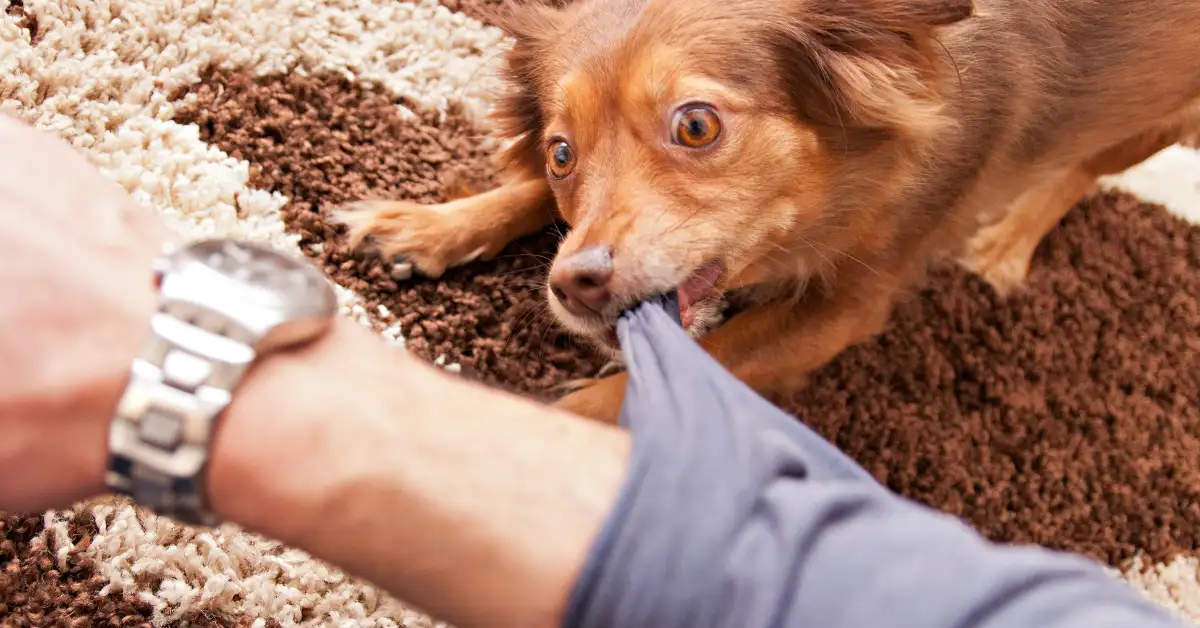

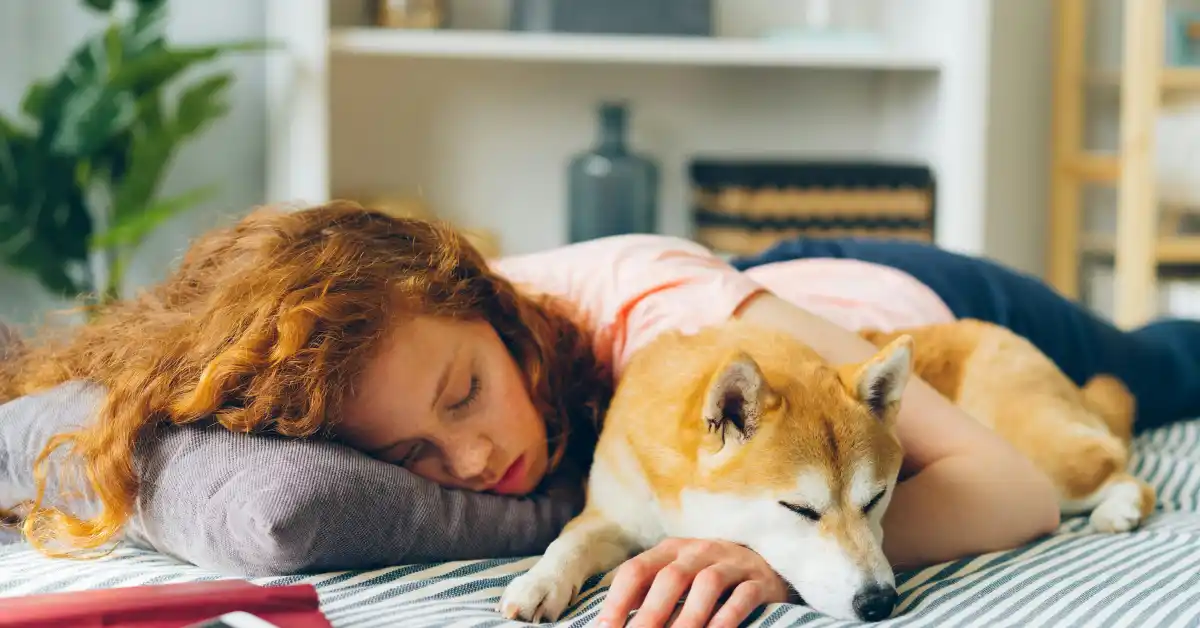
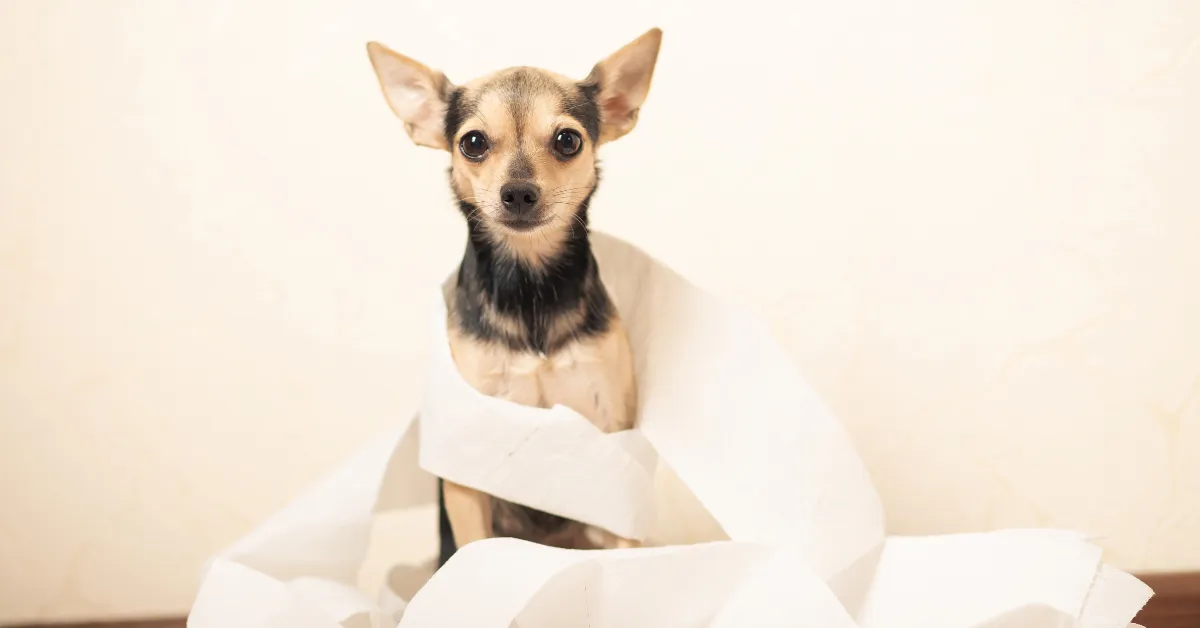
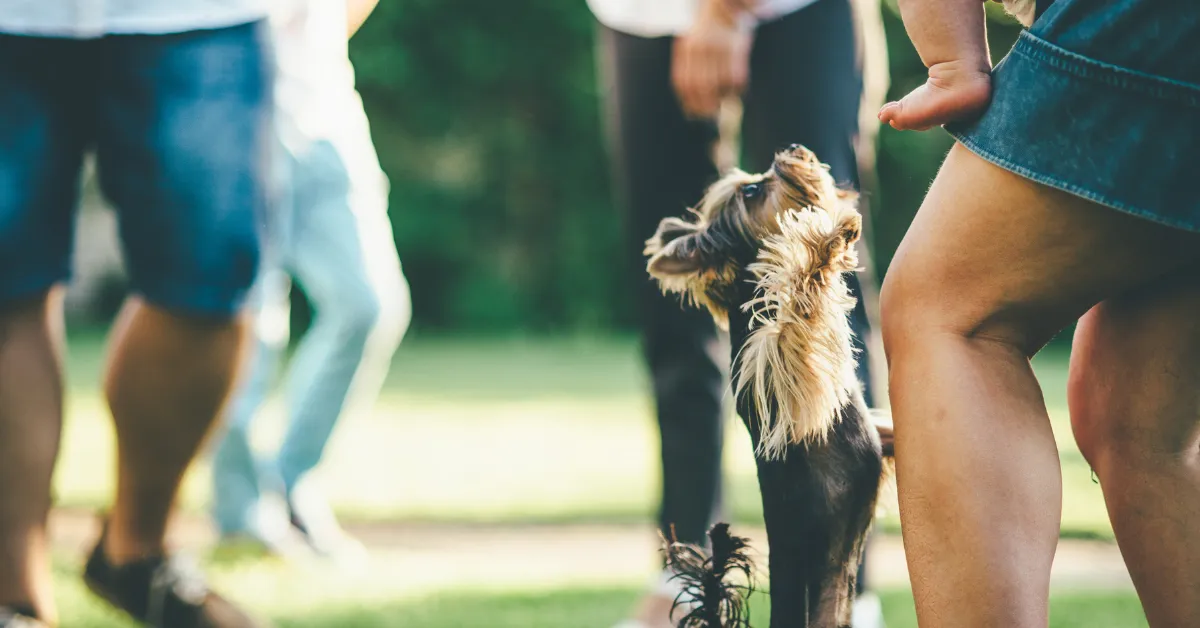

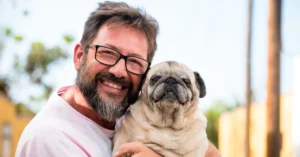
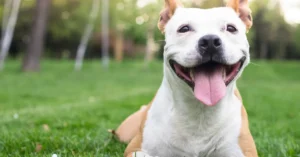
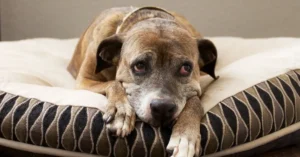
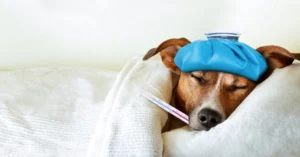
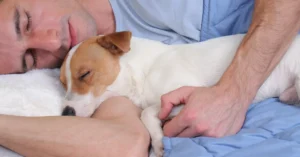
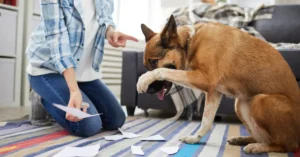

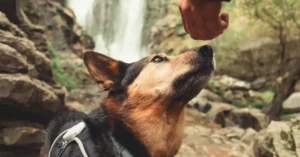

Post Comment